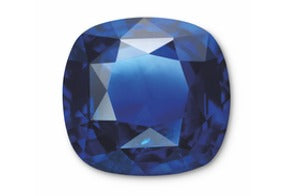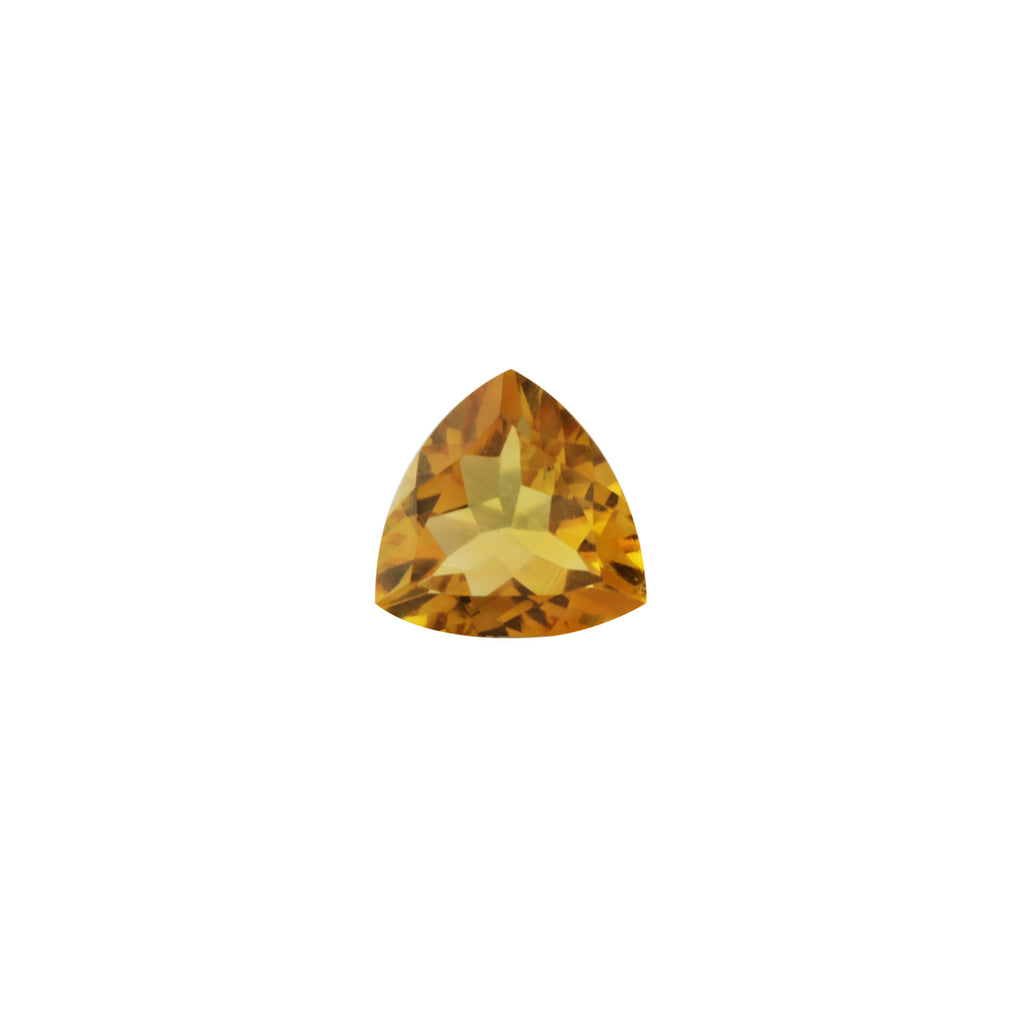CITRINE
Gemstone family: Quartz
Moh's scale of hardness: 7
Lustre: Vitreous
Birthstone: March
Citrine is the yellow variety of Quartz and it comes in pale to vivid yellow, orangey yellow and brownish yellow. The trace element iron produces citrine’s colours. Depending on the transparency of the stone, which can be anything between transparent to translucent, citrines are cut into faceted gems, cabochons, beads or shaped into carvings and very commonly they are left intact as geodes that become beautiful decorative ornaments. The name “citrine” derives from the latin word for yellow, “citrina”.
The main sources where citrines can be found are: Bolivia, Spain, Madagascar, Mexico and Uruguay.
The most common treatment to create vivid coloured citrines is heat treating pale amethysts until the colour changes to the desirable yellow. Synthetic citrines are readily available on the market; they have the same chemical properties as natural citrines and because natural citrines do not demand very high prices, the value of the synthetics is very similar. Nevertheless, synthetics should always be disclosed as such. Materials that are most commonly used to imitate citrine are glass and plastic.
The “Malaga” is the largest faceted citrine in the world. It is an oval cut stone weighing 20,200cts.


















